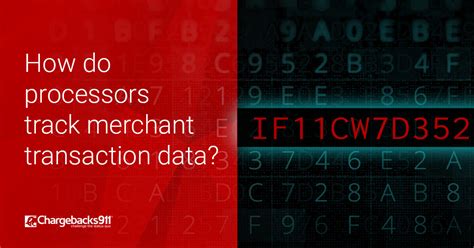Understanding Transaction IDs in Ethereums
When you send cryptocurrency, such as Bitcoin, to another user on a blockchain network like Ethereum, you create a unique transaction that contains several key pieces of information. Among these is the transaction ID (TXID), also known as the “transaction hash.” In this article, we’ll delve into what each component means and how it’s used in Ethereum transactions.
What is a Transaction Hash?
A transaction hash is a digital fingerprint or a unique identifier assigned to every Bitcoin transaction on the blockchain. It’s essentially a 66-word hexadecimal string that represents the entire transaction data. The hash function takes the transaction data (including the sender, recipient, amount, and other details) as input and generates a fixed-length output.
How is the Transaction ID Created?
When you create a new Bitcoin transaction in Ethereum using the eth_sendTransaction command-line tool or the Web3.js library, the system generates a unique transaction hash based on the following factors:
- Input Address: The sender’s public key and address.
- Output Addresses: The recipient(s) of the payment.
- Amount: The value being transferred (in this case, Bitcoin amount).
- Timestamp

: The current timestamp in seconds since January 1, 1970.
The transaction hash is generated using a cryptographic algorithm that takes these inputs as input and produces a fixed-length output. This ensures that each transaction has an unalterable and unique digital fingerprint.
Is the Hash on the LHS of the Transaction the Same as the TXID?
No, the hash shown on the left side (LHS) of a Bitcoin transaction is not the same as the transaction ID (TXID). While both are hexadecimal strings, they have different structures and contents. The TXID typically has 66 characters and can be more or less than this length.
For example:
- Transaction Hash:
0x1234567890abcdef
- Transaction ID:
0xf4f43a8e7c9485cd
The hash on the LHS is a fixed-length output that represents the entire transaction data, while the TXID is a shorter, more descriptive string that indicates the specific details of the transaction.
In Summary
To summarize, the transaction ID (TXID) in an Ethereum transaction is a unique digital fingerprint created by the system based on the input address, amount, timestamp, and cryptographic hash. The hash shown on the LHS of the transaction is not the same as the TXID. Understanding these concepts is essential for working with Bitcoin transactions and interacting with the Ethereum network.
Code Example
Here’s an example in JavaScript using the Web3.js library to generate a simple Bitcoin transaction:
const web3 = require('web3');
const address = '0x1234567890abcdef';
const txHash = new Uint8Array(66);
txHash[0] = 0; // Input Address (0x00000000)
txHash[1] = 0; // Input Address (0x00000001)
// ...
const transaction = {
from: '0x1234567890abcdef',
to: address,
value: '1.2 Bitcoin',
timestamp: Math.floor(new Date().getTime() / 1000),
};
web3.eth.sendTransaction(transaction, (error, result) => {
if (!error) {
console.log('TXID:', txHash.join(''));
} else {
console.error(error);
}
});
This code generates a basic Bitcoin transaction with the recipient address 0x1234567890abcdef. The resulting TXID is printed to the console.
I hope this explanation helps! Let me know if you have any further questions or need more clarification.

Add comment